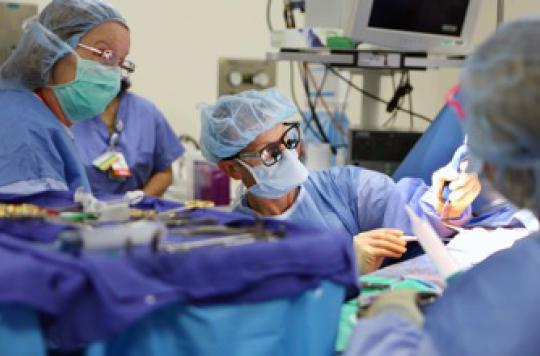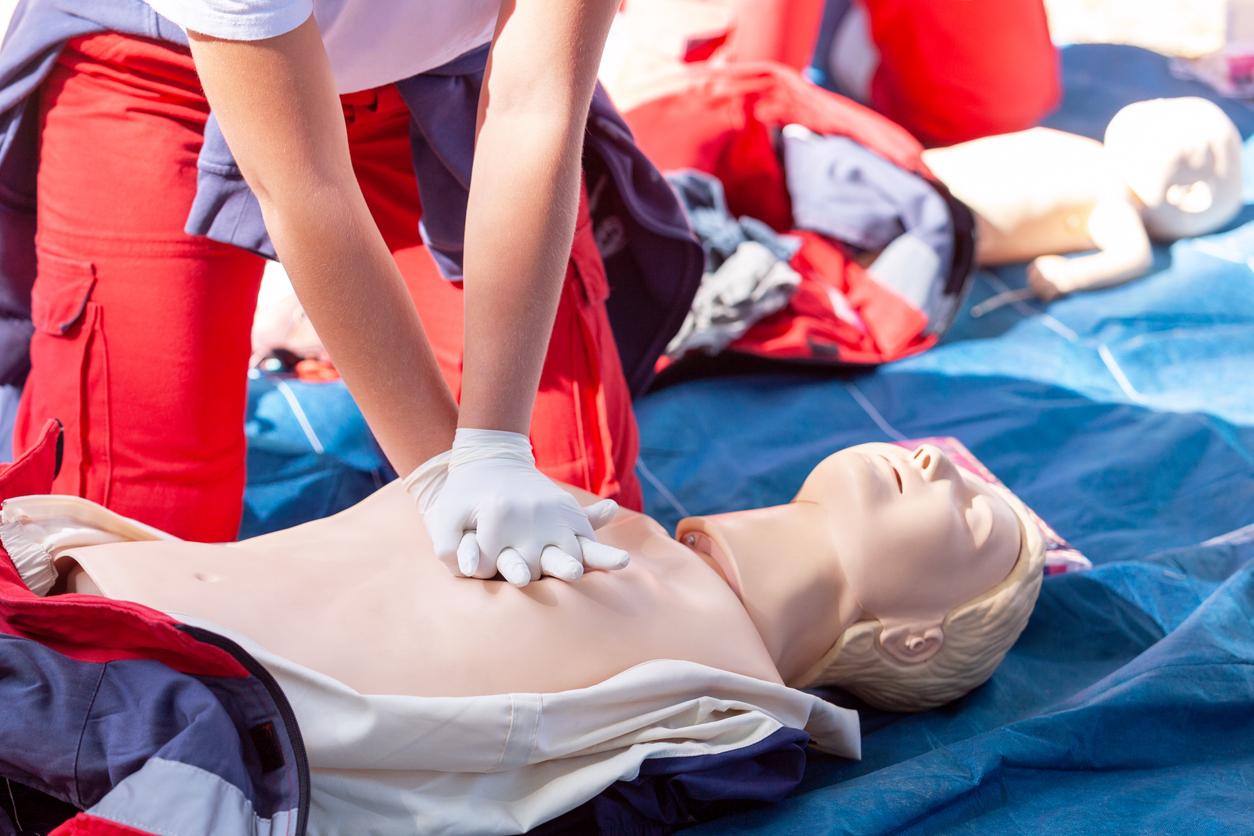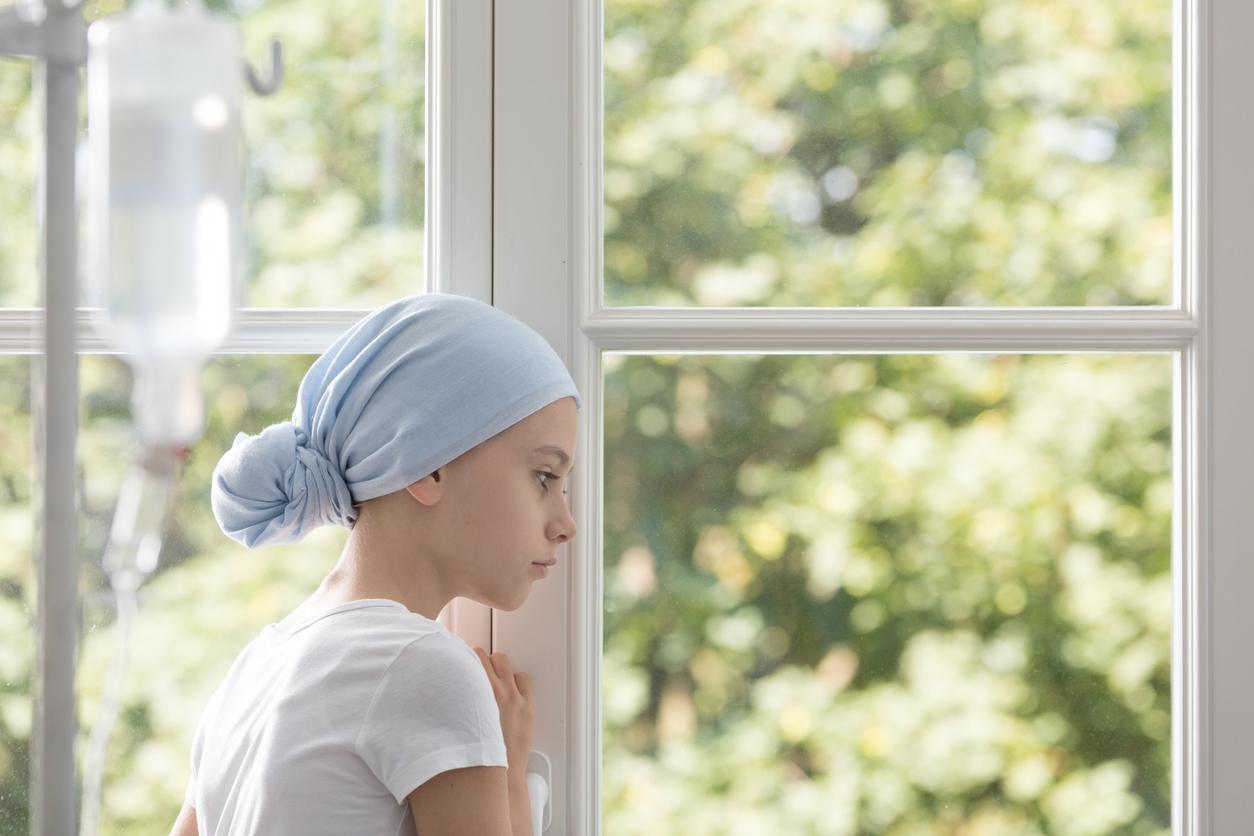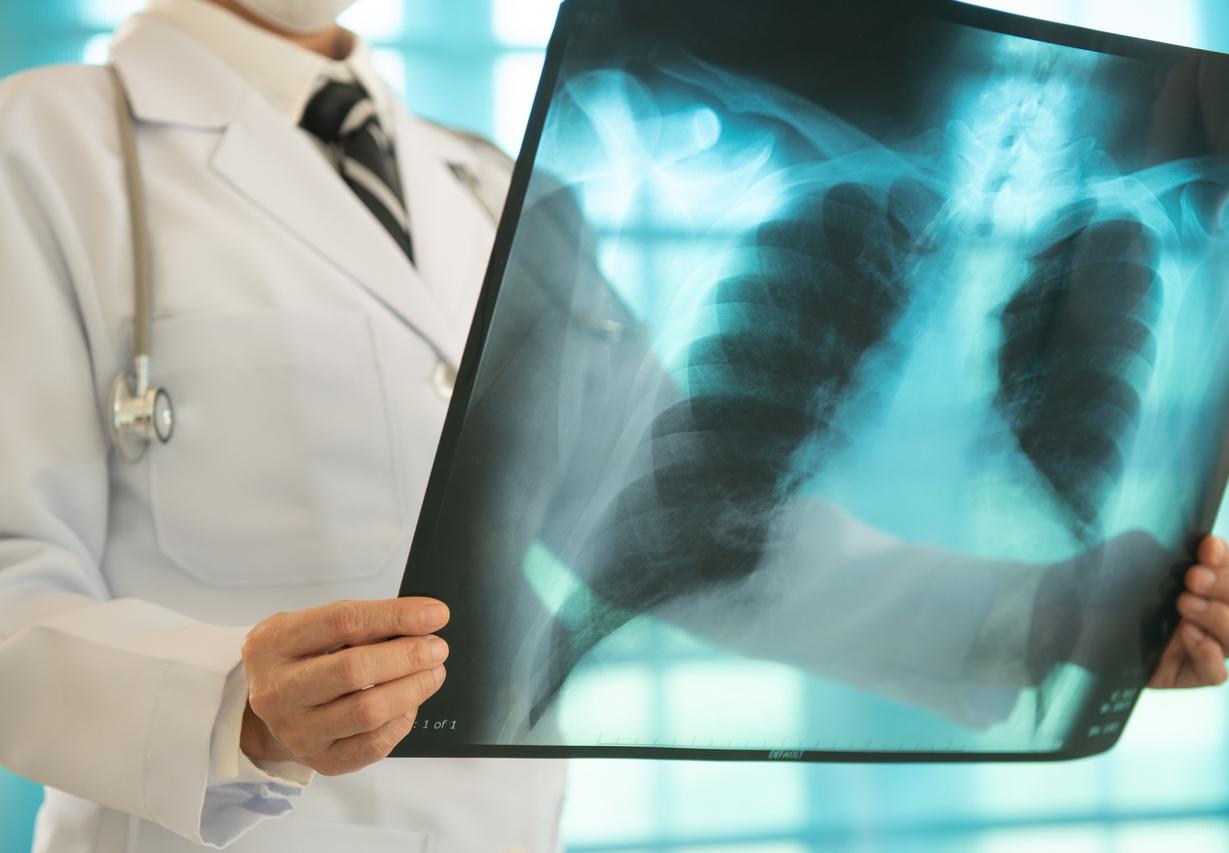After a first breast cancer, having both breasts removed improves the survival of women with BRCA1 and BRCA2 familial mutations.

A genetic mutation of the type BRCA1 or BRCA2 puts women at 60-70% risk of breast cancer throughout their life. Those with cancer are also at risk of suffering from a second primary cancer. Most of the time, they are offered a unilateral mastectomy (one breast is removed). But the double mastectomy has many benefits and should be mentioned more often according to a study published on February 11 in the online edition of British Medical Journal.
In North America, where the study was conducted, half of women with a BRCA1 or BRCA2 mutation will undergo a double mastectomy to prevent a second primary cancer. The researchers followed 390 women over 20 years after a first diagnosis of breast cancer between 1975 and 2009. Among the carriers, suspected or proven, of the mutation, the vast majority opted for a unilateral mastectomy (89%). Among them, nearly 40% had to have their second breast removed. During the follow-up period, most breast cancer deaths occurred in the group of women who had a unilateral mastectomy.
Researchers estimate that a double mastectomy almost halves the risk of dying from breast cancer compared to a unilateral mastectomy. The survival rate, set at 66% for women who have had one breast removed, climbs to 87% for those who have both. The benefit of such an operation appears especially after 10 years of follow-up: the majority of deaths are linked to a second primary cancer. The authors of the study conclude that double mastectomy should be mentioned more in the prevention of a second primary cancer in women carrying the mutation. But, in view of the small group that they represent, in-depth studies will be necessary to confirm these data.
.

















